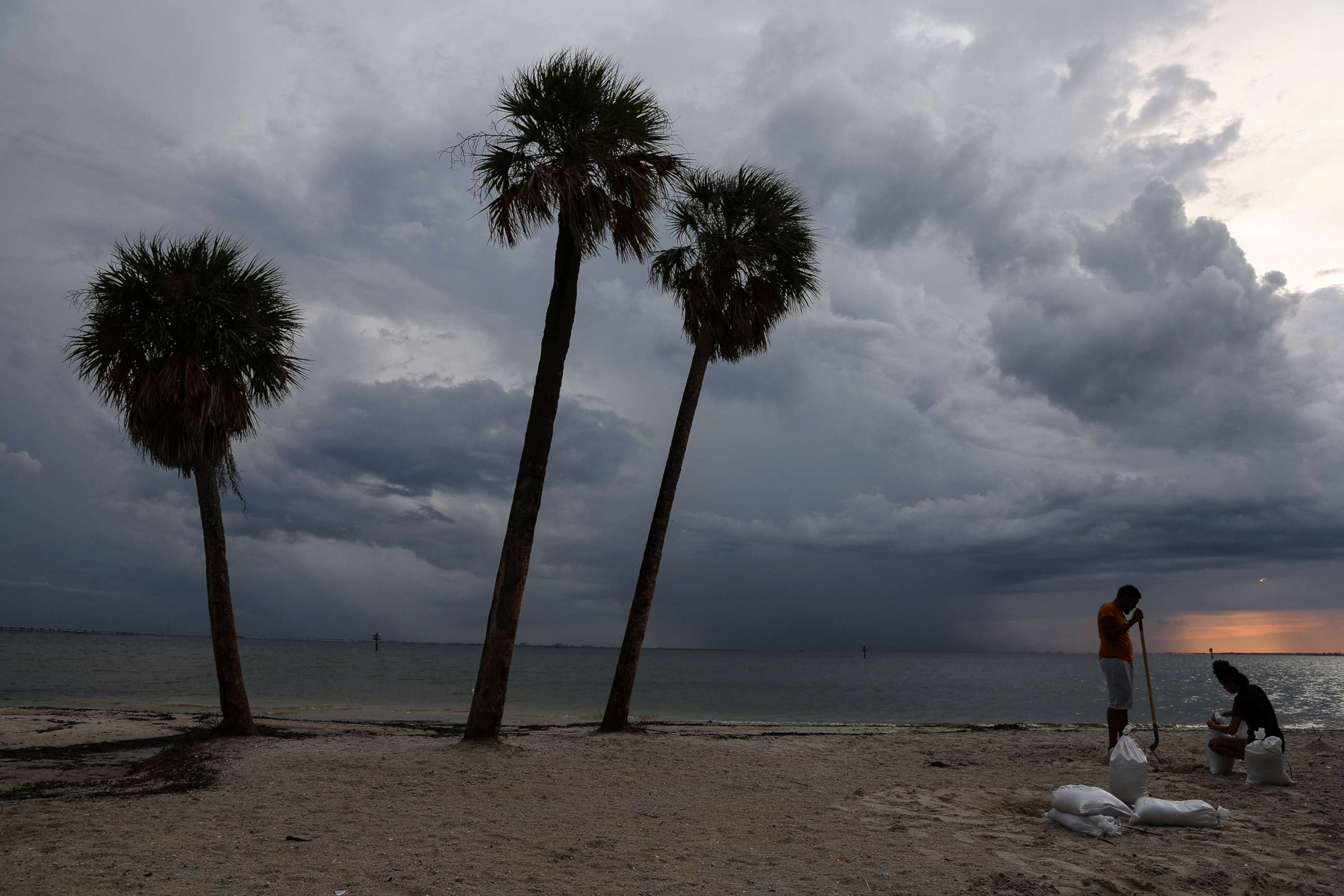Everything you need to know about hurricanes
Here are some of your questions on hurricanes, answered by ABC News experts.
Hurricane Ian is roaring toward Florida as a Category 3 storm and is expected to make landfall there Wednesday afternoon, bringing with it dangerous storm surge and heavy rain.
A hurricane watch is in effect for the west coast of Florida from south of Bonita Beach to Chokoloskee.
"Life-threatening storm surge looks increasingly likely along much of the [Florida] west coast where a storm surge warning is in effect, with the highest risk from Fort Myers to the Tampa Bay region," the National Weather Service said.
Hurricane-force winds are also expected in southwest and west-central Florida starting Wednesday morning.
"Residents should rush all preparations to completion today," the National Weather Service warned Tuesday.
Here are some of your questions on hurricanes, answered by ABC News meteorologists Max Golembo, Samantha Wnek and Melissa Griffin.
How are hurricanes formed?
Hurricanes are formed by feeding off the warmth and moisture of the ocean. Air then rises and is replaced constantly by the surrounding air. Below all this rising air, low pressure develops.

How long does a hurricane usually last?
If you are in the hurricane, conditions could last 12 to 18 hours. In a slow-moving hurricane, conditions could last up to 24 hours.
The hurricane itself, from its formation to its deterioration, can last in the ocean for weeks.
How long do hurricanes take to form?
It can take up to a week for hurricanes to form and some tropical cyclones never make it to hurricane status.
One of the fastest hurricanes to form was Humberto in 2007, which developed in less than 19 hours from a tropical depression to a hurricane.
How do you know when a hurricane is coming?
If you're relying on the weather to know when a hurricane is coming, often you won't get any indication at all. The day before a hurricane could have sunny skies with calm winds.
That's why you should listen to National Oceanic and Atmospheric Administration weather radio or pay attention to warnings from authorities.

What is a storm surge and why is it so dangerous?
As pressure falls in the hurricane's center, water levels rise. The water accumulates while the storm is still over the open ocean.
When the hurricane closes in on land, its strong winds push that water toward the coast and up onto land, creating walls of water sometimes as high as 20 feet.
The danger to people inside houses on the coast is the vicious deluge of water that can flood homes and climb up walls rapidly. When Hurricane Sandy hit New York and New Jersey in 2012, many homes filled quickly with water.
The risks can be even greater if storm surge combines with high tide, creating a devastating, rapid rise in water levels.
ABC News' Emily Shapiro and Meredith Deliso contributed to this report.



